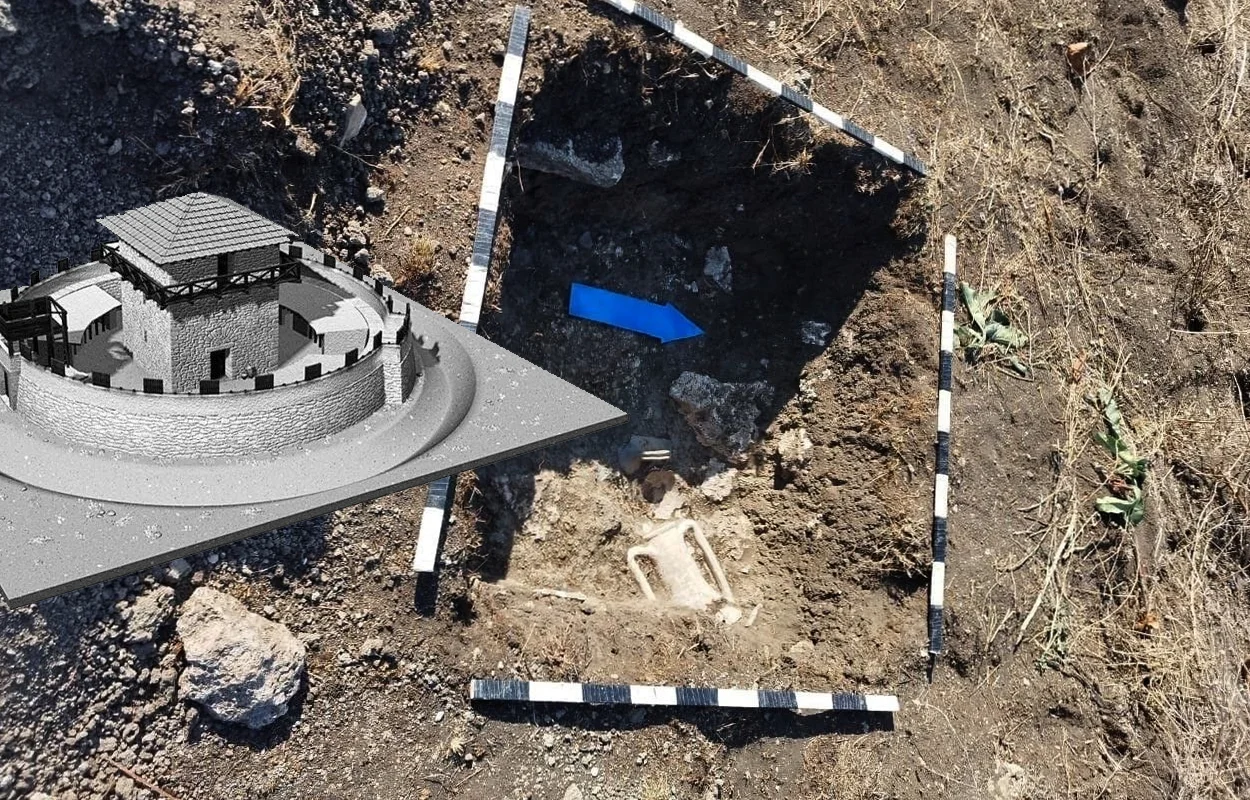Archaeologists from the South Bosporus Expedition have found a Roman fort during excavations on the occupied Kerch Peninsula, Crimea.
The expedition is a joint research initiative between the Institute of Archaeology of Crimea, the Institute of Archaeology of the Russian Academy of Sciences, and the Archaeology Foundation.
The fortress was uncovered near Yakovenkovo, which during the Roman period was located within the Bosporan Kingdom (also known as the Kingdom of the Cimmerian Bosporus), a client kingdom that flourished on both sides of the Kerch Strait.
Covering an area of only 1,000 square metres, the fortress is modest in scale yet remarkably sophisticated in design. Archaeologists describe it as “architecturally complex”, defined by a circular moat and wall that encloses a central guard tower and internal structures.
According to expedition leaders Denis Beilin and Irina Rukavishnikova, the fort dates from the late 1st century BC and served as part of an interconnected network of Bosporan communication outposts to protect the interests of the Roman Republic.
Roman communication forts, or signal stations, were fortified structures used for relaying messages across long distances using methods like fire, smoke, and potentially other visual signals.
Excavations also uncovered a well-preserved amphora with double handles, dating to the second half of the 1st century BC. The vessel is believed to have been produced in Heraclea Pontica, located in present-day Turkey, offering further evidence of the Bosporan Kingdom’s trade connections across the Black Sea.
Excavations will continue in the summer of 2026, as the expedition aims to fully uncover the site’s layout and learn more about its role in the broader defensive system.
Header Image Credit : South Bosporus Expedition
Sources : South Bosporus Expedition





